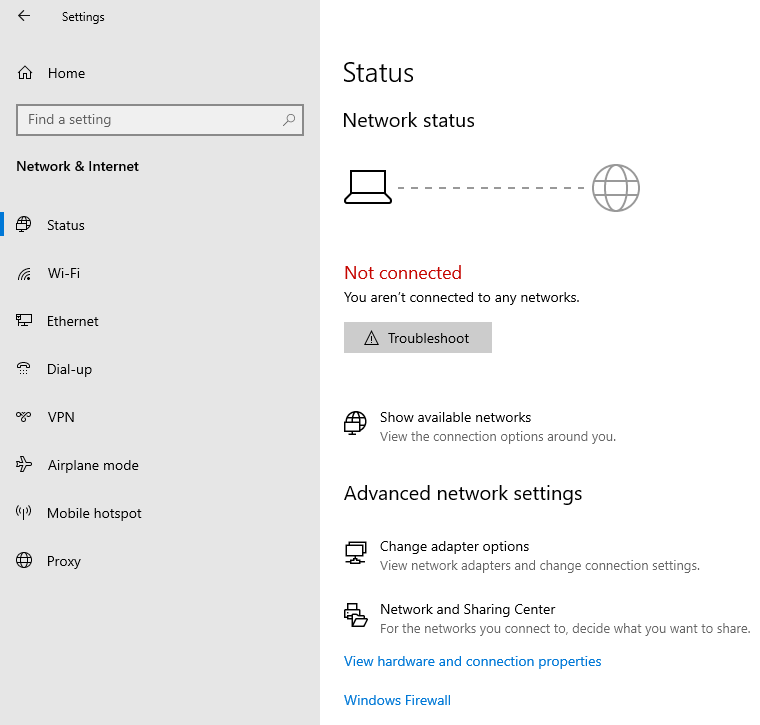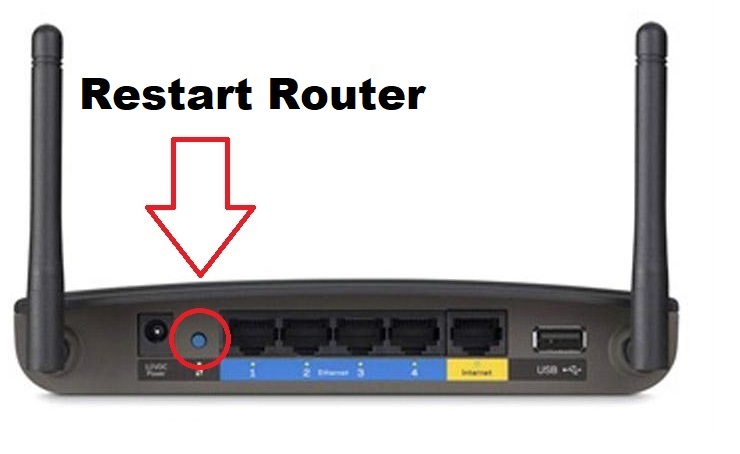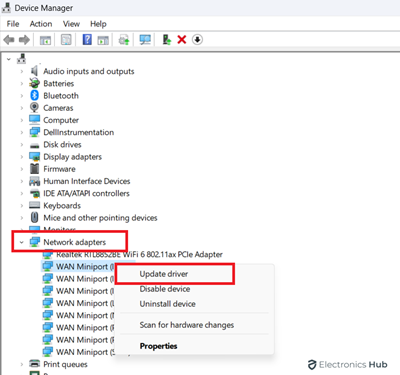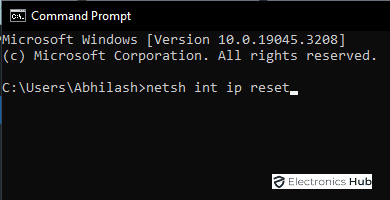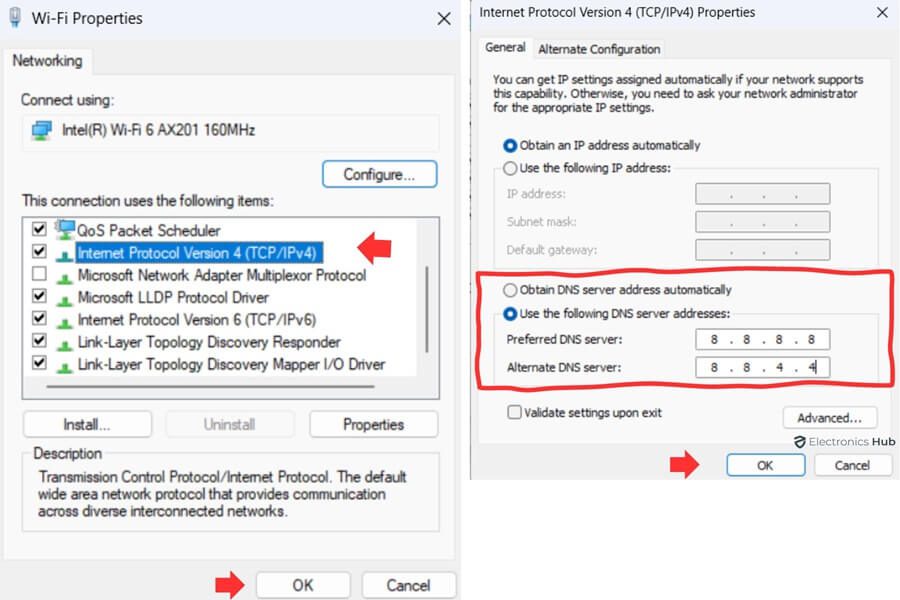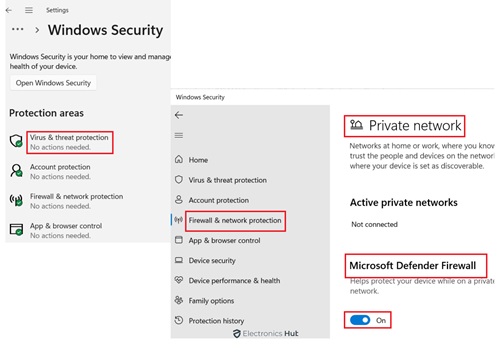In the contemporary age of digitization, laptops have become an indispensable tool for individuals from all walks of life. Whether you’re a student, a working professional, or an avid gamer, the ability to connect to the internet wirelessly is a critical requirement for the uninterrupted flow of information
However, despite the technological advancements in wireless connectivity, laptop users still encounter a myriad of issues when trying to connect to their Wi-Fi network. From intermittent connectivity to weak signal strength, these connectivity problems can be a source of frustration and hinder productivity.
In this article, we’ll delve into the underlying causes of these connectivity problems and explore innovative solutions to overcome them.
Outline
ToggleWhy Won’t My Laptop Connect To Wi fi?
Reasons For Laptop Not Connecting To Wi-Fi
1. Network Issues
One of the primary culprits behind connection problems is network-related issues. Whether it’s a misconfigured network profile or interference from other devices, understanding these issues is the first step toward a resolution.
2. Hardware Problems
Your laptop’s hardware plays a pivotal role in establishing a stable connection. Issues with the WiFi adapter, antenna, or even a faulty router can lead to connectivity hiccups.
3. Software Glitches
Faulty hardware components, such as the wireless adapter or router, can also cause connectivity issues. Check for any physical damage or malfunctioning parts and consider replacing them if necessary.
9 Ways to Connect Laptop to WiFi?
Now that we’ve outlined the potential issues, let’s dive into the step-by-step troubleshooting process to address the “Why won’t my laptop connect to WiFi?” dilemma. Follow these straightforward steps to diagnose and resolve the connectivity problem:
1. Checking WiFi Settings
Verify if your laptop is set to automatically connect to available networks. We’ll navigate through these settings step by step to rule out any configuration mishaps.
- Open “Settings” on your laptop.
- Navigate to the “Network & Internet” section.
- Select “WiFi” from the left menu.
- Ensure that the WiFi toggle is set to “On.”
- Verify that your laptop is attempting to connect to the correct network.
- Check if your laptop is set to automatically connect to available networks.
2. Restarting Your Router and Modem
Often, a simple reboot of your router and modem can do wonders.
- Locate your router and modem.
- Unplug both devices from the power source.
- Wait for at least a minute.
- Plug them back in and allow them to fully restart.
- Reattempt connecting your laptop to WiFi.
3. Updating Network Drivers
Outdated or incompatible network drivers can be a major roadblock. Learn how to check for updates and install the latest drivers for your WiFi adapter. Keeping your drivers up-to-date ensures optimal performance and compatibility.
- Right-click on the Start menu and select “Device Manager.”
- Locate and expand the “Network adapters” section.
- Right-click on your WiFi adapter and choose “Update driver.”
- Follow the on-screen instructions to complete the update.
4. Verifying Physical Connections
Loose cables or faulty connections might be the reason your laptop is struggling to connect.
- Ensure all cables connecting your router, modem, and laptop are secure.
- Check for any physical damage on cables or ports.
- Re-seat cables if necessary.
- Power cycle your router and modem.
5. Resetting TCP/IP Stack
The TCP/IP stack is a crucial component of network communication. Resetting it can resolve various connectivity issues. Learn the step-by-step process of resetting the TCP/IP stack to eliminate persistent problems
- Open Command Prompt with administrative privileges.
- Type “netsh int ip reset” and press Enter.
- Restart your laptop to apply changes.
6. DNS Configuration
Understanding Domain Name System (DNS) settings is essential. Incorrect DNS configurations can lead to connection failures.
- Open the Control Panel on your laptop.
- Navigate to “Network and Sharing Center.”
- Click on “Change adapter settings.”
- Right-click on your active network connection and select “Properties.”
- Choose “Internet Protocol Version 4 (TCP/IPv4)” and click on “Properties.”
- Opt for “Use the following DNS server addresses.”
- Enter preferred DNS server and alternate DNS server addresses (commonly 8.8.8.8 and 8.8.4.4 for Google DNS).
- Click “OK” to save changes.
7. Firewall Settings
Firewall settings can sometimes block your laptop’s access to the network.
- Open the Control Panel and go to “System and Security.”
- Click on “Windows Defender Firewall.”
- Select “Allow an app or feature through Windows Defender Firewall.”
- Click “Change settings” and locate your network application.
- Ensure both private and public checkboxes are ticked.
- Click “OK” to save changes.
8. Antivirus Interference
Antivirus programs, while essential for security, can sometimes interfere with your network. Discover how to configure your antivirus settings to prevent it from obstructing your laptop’s connection.
- Open your antivirus program.
- Look for settings related to firewall or network protection.
- Adjust the settings to allow your network connection.
- Save changes and restart your laptop if required.
9. Seeking Professional Help
If all else fails and your laptop still refuses to connect to WiFi, seeking professional assistance becomes a prudent step. Document the problem you’re facing. Note error messages, unusual behaviors, or any patterns you’ve observed. This information will assist the professionals in diagnosing the issue more efficiently.
Reach out to the customer support of your laptop’s manufacturer. Provide them with the details you’ve gathered. They might offer remote assistance, guide you through advanced troubleshooting, or direct you to a service center.
If the issue seems more related to your internet connection, get in touch with your ISP. They can check the status of your connection, remotely analyze your router settings, and dispatch a technician if necessary.
Conclusion –
In conclusion, troubleshooting WiFi connectivity issues on your laptop can be a straightforward process when approached methodically. By understanding the basics, identifying common problems, and following step-by-step solutions, you can overcome most challenges. However, if persistent issues arise, seeking professional assistance ensures a thorough diagnosis and resolution, ultimately restoring seamless connectivity to your device.

